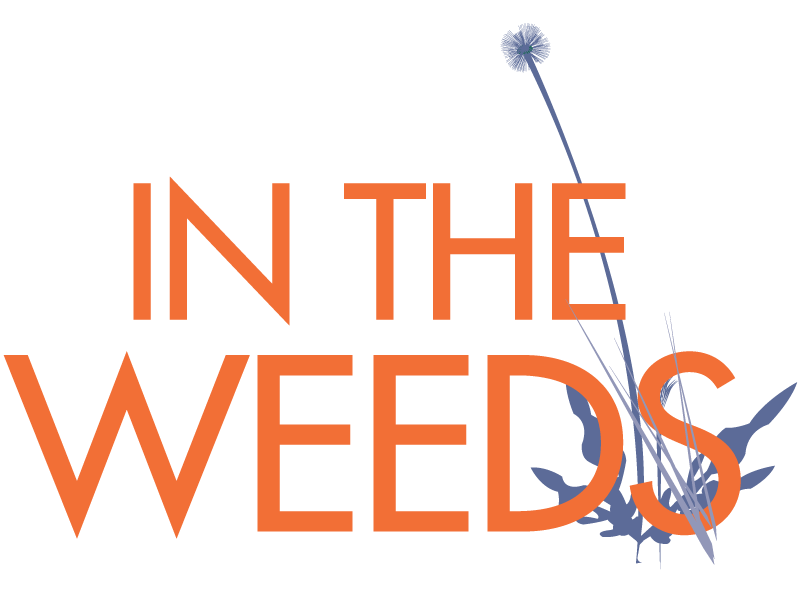
Les Combats dans la rue Rivoli
pendant la Commune de Paris
L’illustration Européenne, 1870,
no. 33, p. 257 – PD-1923
Lately, I’ve been captivated by this idea of living corridors – paths for wildlife as they spread out from generation to generation – that forms Sara Stein’s departing vision in her wonderful book Noah’s Garden.
Her point is this: if we want to invite wildlife back into our neighborhoods, we cannot go at it alone. It will require a communal effort, piecing together bits of habitat that give different species not only food and shelter but also the possibility to reproduce, to “radiate over the landscape” and continue into the future.
The difficulty with translating this idea into reality, of course, is that it goes against the grain of our American ideal of a patch of one’s own on which to eke out a living or, these days, to pursue hobbies without being worried about what the neighbor thinks.
But isn’t it this challenge to our cultural norms – daunting as it is – that makes the suggestion so intriguing?
A book I read in graduate school first gave me the idea that corridors could be radical. It was a study of the French poet Rimbaud against the backdrop of the Paris Commune. In it, the author, Kristin Ross, describes the way in which the French working-class revolutionaries, who took control of the government in the spring of 1871, refashioned urban space, piercing the walls of apartment buildings in Paris and creating corridors linking apartments and buildings together. This gave them a network of elevated passageways from which they could attack the army sent to suppress the revolution.
Ross is particularly interested in the way that these guerrilla tactics subvert the normal division of private and public space. The communards used barricades to partition the street – the public space by definition – into something resembling rooms, making it hard for the army to move, whereas the newly-made corridors burst through the private apartments of the French bourgeoisie and created something new and fluid.
This radical reshaping of urban space didn’t last long of course, but it gives us a template of sorts for rethinking our own understanding of private space. Returning to Stein’s idea – that “‘My’ butterflies need your flowers. ‘My’ birds need your grain” and so on – I wonder what would have to shift to make us think of our gardens as being not merely our own but belonging to others as well? And of being not so much static as part of a greater movement?
Stein notes that these ecological corridors would be not merely spatial but temporal –
What is meant by corridors […] is not narrow strips along which animals might walk from one remote refuge to another, as our own young these days travel along the highways, but a continuity of living quarters among which movement is generational – by dispersal, not migration – from patch to patch along networks that may well originate in parklands or reservations but that must spread through all of our backyards (252).
Let us dwell on that idea of generational movement for a moment. Stein evokes children moving along highways but I also see my children creating a “continuity of living quarters” – popping through the bushes to the neighbor’s yard where more children gather and push on past the next property line. When I walk down the street with my children, they are perpetually climbing on retaining walls and up and down steps, regardless of how many times I use the words “private property.”
The truth is, of course, that our “private property” is in many ways an imagined boundary that other species frequently transgress. But how do we extend from this knowledge that birds and kids don’t respect our boundaries to something more deliberate, an invitation to other species to move through our gardens? Maybe it could start with a simple reimagining of the map. What would a map of the monarch paths in my neighborhood look like? What about the paths of a fox? In my village, many would be alarmed if they could see the map of coyotes, an elusive map indeed, but perhaps if it could be drawn, it would tell us something we don’t know about where we live. And then what? Do I convince my neighbor to plant some spicebush in hopes of attracting the spicebush swallowtail? Perhaps. But I sense that my imagination falters. Something more radical yet waits in the wings.
